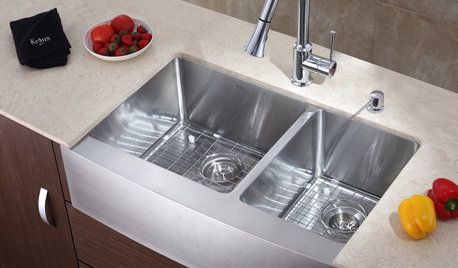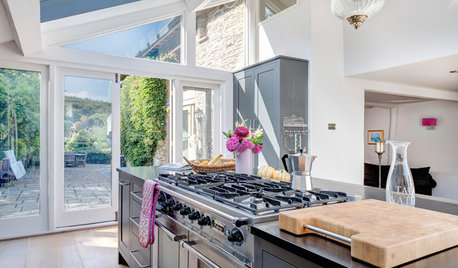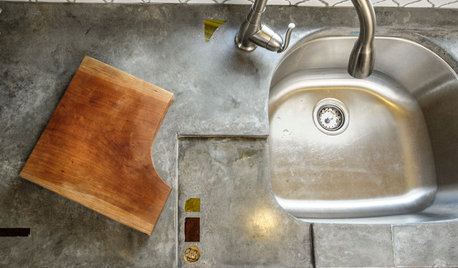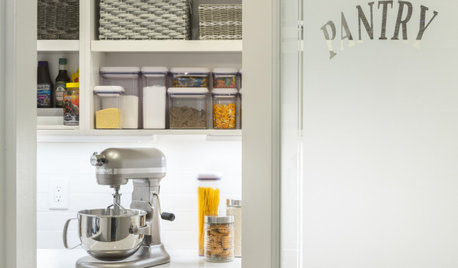Making yeast dough rise
Ida
last year
last modified: last year
Related Stories

LIFEHouzz Call: What Has Mom Taught You About Making a Home?
Whether your mother taught you to cook and clean or how to order takeout and let messes be, we'd like to hear about it
Full Story
MOST POPULAR8 Little Remodeling Touches That Make a Big Difference
Make your life easier while making your home nicer, with these design details you'll really appreciate
Full Story
LIFESimple Pleasures: The Joy of Baking
Fill your house with a heavenly scent and your heart with cheer by making time to bake
Full Story
KITCHEN DESIGNGet Your Kitchen ‘Bake Off’ Ready
Make it easy to whip up a cake or a batch of cookies with these tips for organizing your space
Full Story
DECORATING GUIDES7 Home Purchases Worth the Splurge
Make buyer's remorse over furniture, textiles and more a thing of the past with this wise purchasing advice
Full Story
KITCHEN COUNTERTOPSCast Concrete Countertops With a Personal Twist
From frame making to pouring to inlays, learn how concrete counters are cast — and how an artisan embellishes them
Full Story
FEEL-GOOD HOME21 Ways to Waste Less at Home
Whether it's herbs rotting in the fridge or clothes that never get worn, most of us waste too much. Here are ways to make a change
Full Story
FEEL-GOOD HOME12 Very Useful Things I've Learned From Designers
These simple ideas can make life at home more efficient and enjoyable
Full Story
KITCHEN STORAGEPartly Open Shelving: The Case for Doorless Cabinets
Build in some display areas, create a colorful design feature and make better use of awkward spaces with open shelves
Full Story
KITCHEN STORAGEHow to Whip Your Baking Center Into Shape
Corral your supplies and ingredients to make baking a sweeter experience
Full Story


User
lascatx
Related Discussions
A Tale of Two Yeasts - Rapid Rise or Active Dry?
Q
Cheries pizza dough recipe- yeast?
Q
Questions about making yeast dough
Q
Yeast and Rising in the Refrigerator!
Q
arcy_gw
User
carolb_w_fl_coastal_9b
DLM2000-GW
maddielee
IdaOriginal Author
jojoco
IdaOriginal Author
User
Annie Deighnaugh
IdaOriginal Author
IdaOriginal Author
User
IdaOriginal Author
Bunny
Lars
IdaOriginal Author
User
IdaOriginal Author
lascatx
Jilly
carolb_w_fl_coastal_9b
Lars
User
Bunny
Lars
Annie Deighnaugh
carolb_w_fl_coastal_9b
IdaOriginal Author
User
Kswl
Bunny
Lars
Bunny
Annie Deighnaugh
Tina Marie
IdaOriginal Author
Tina Marie
Bunny
Annie Deighnaugh
lascatx
User
lascatx
carolb_w_fl_coastal_9b
User
lascatx
User
Arapaho-Rd